-
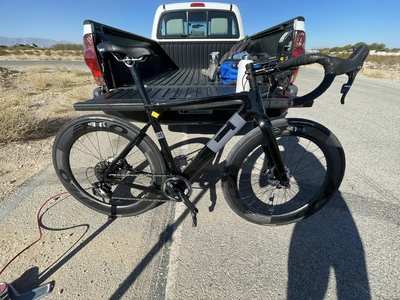
Measuring Wheel Vibration – Speed Is Key
The last time we wrote about vibration we talked about our work with rollers. We were noting how the rollers showed the same FFT graph shape, but the excitation was not the same as when tested on the road. For a refresher on this check out our last post here. Based on all of our…
-
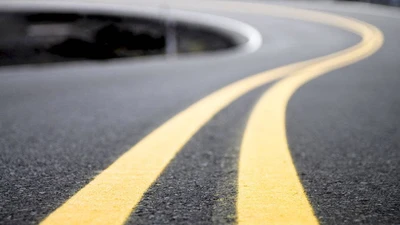
Why Rolling Resistance Makes You Slower The Faster You Go
A few weeks ago, we showed how rolling resistance and aerodynamics are affected by speed. Today, we look specifically at rolling resistance, discuss why lowering it is so important, and walk you through the math that shows why going faster increases rolling resistance. The Watts Consumed By Rolling Resistance Let’s review the equation that calculates…
-
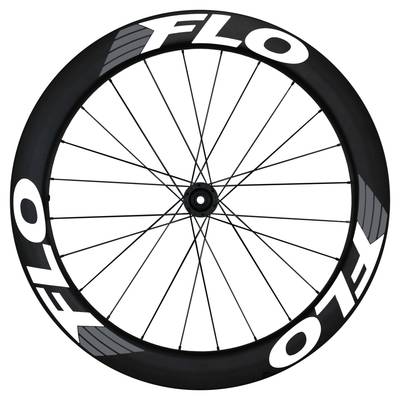
Three Reasons Why You Need Deep Profile Gravel Wheels
In early 2020, we released the world’s first deep profile gravel wheels– which means, gravel wheels that are aero. You may be thinking that a deep gravel wheel doesn’t make sense since there is no way a gravel wheel could be aerodynamic with such aggressive tire treads. But, with lots of research, testing and design,…
-
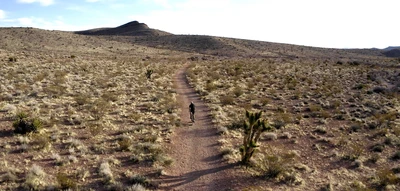
Five Reasons To Get FLO All Sport Wheels
We’ve written volumes on selecting great cycling wheels and what you need to consider. In this article, we are going to talk specifically about our own products and why they need to be the next wheels you ride. Enjoy! It is true that more bikes ship with carbon wheels now than at any point in…
-
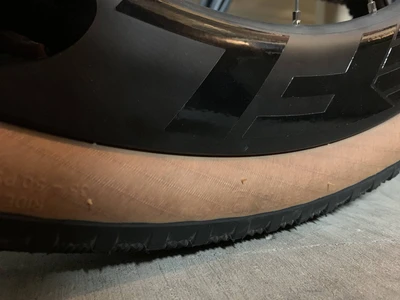
Aerodynamics & Rolling Resistance At Different Speeds
I was recently working on a problem to determine the number of watts required to overcome aerodynamic drag and rolling resistance at different rider speeds. What I found surprised me. While I know aerodynamics grows quickly, I didn’t know how quickly. Our FLO All Sport and Gravel wheels were designed to optimize both aerodynamic drag…
-
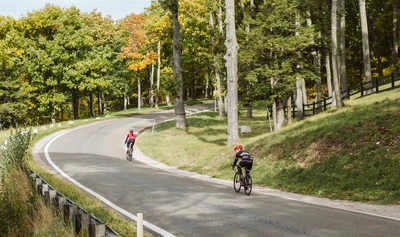
Carbon Fiber Vs. Aluminum Rim Braking
Have you heard any of these statements when talking about carbon wheels? Carbon rims are only for racing. Carbon rims are not safe when braking on long descents because they melt. Carbon rims are not as tough as aluminum rims. Carbon rims have poor braking performance when compared to aluminum rims. We’ve heard them, too.…
-
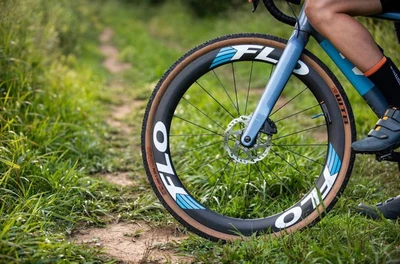
Quick Release Vs Thru Axle Skewers: Pros & Cons
Last week we discussed the differences between Quick Release (QR) and Thru Axle skewers. Why would you want to pick one or the other for your wheelset? Today we are talking about the pros and cons of each type and the bike systems they work with. Let’s get started. A Quick History Quick-release skewers were…
-
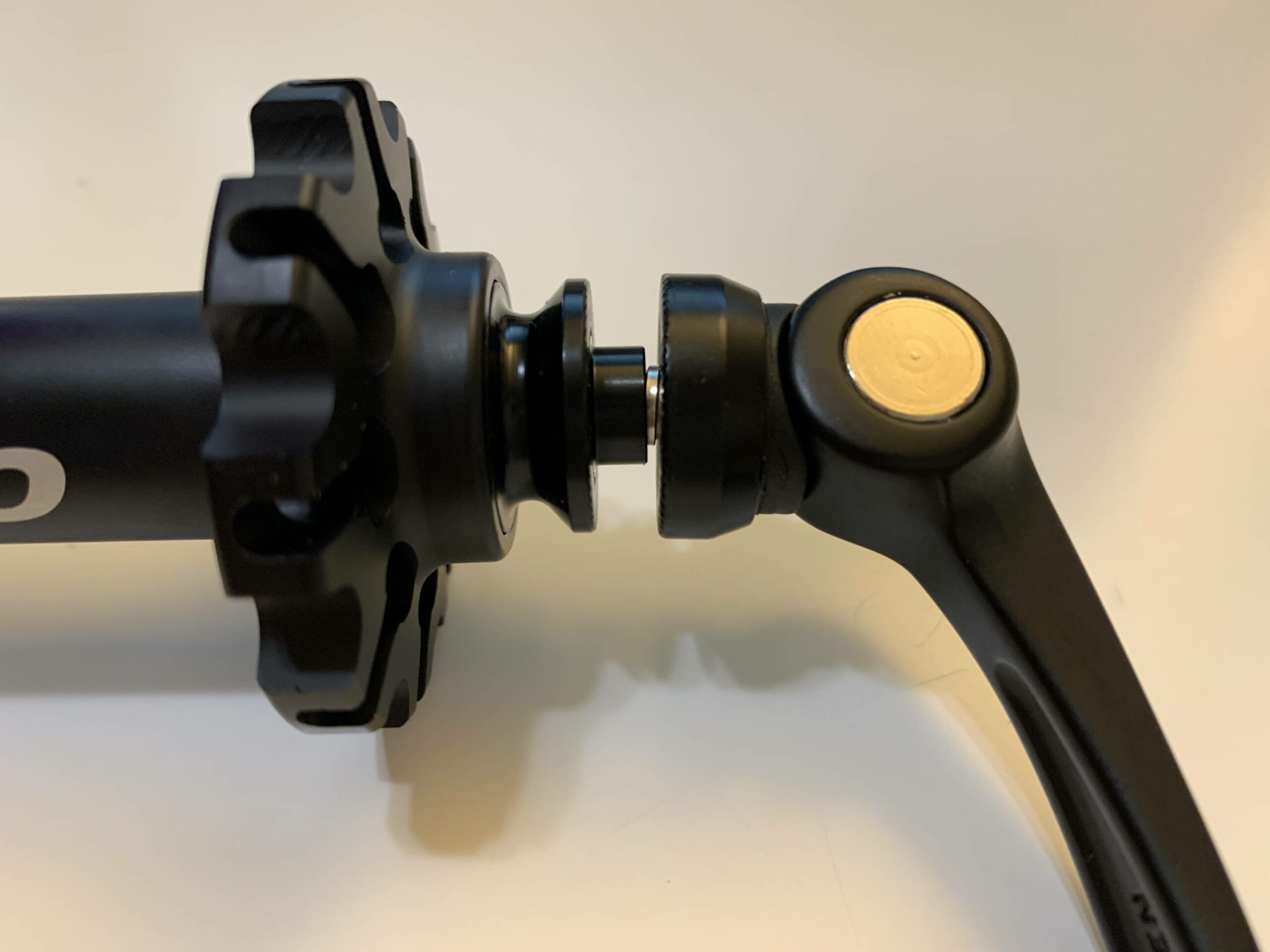
What Is The Difference Between Quick Release And Thru Axle?
For years, connecting a wheel to a bike was a simple process that used quick-release skewers to connect your wheels. Today, there are options, and attaching a wheel to a bike can be confusing and somewhat puzzling to figure out. Along with different attachment types, hub spacing—or the width of your hub—is different for different…
-
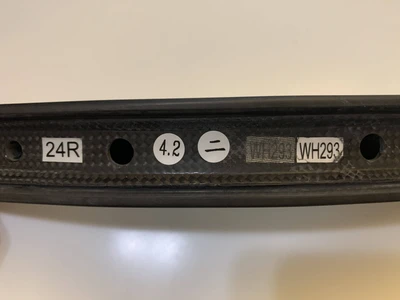
Your Guide To Buying Used FLO Wheels – Pros & Cons
The other day, I received a phone call from a customer buying a used FLO wheel. After a few questions, I found out that the original price he had been told was not accurate, and he had paid too much for this wheel. Shortly before that, I received an email from a customer who had…
-
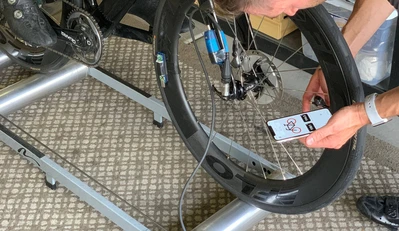
Vibration & Rollers
When studying rolling resistance while designing the FLO All Sport and Gravel wheel lines, we used rollers as well as on-road testing to collect data. The rollers allowed us to apply temperature compensation to the on-road data. Rollers produce a clean lab-like environment. We wanted to test the vibration produced while on rollers to gain…
-
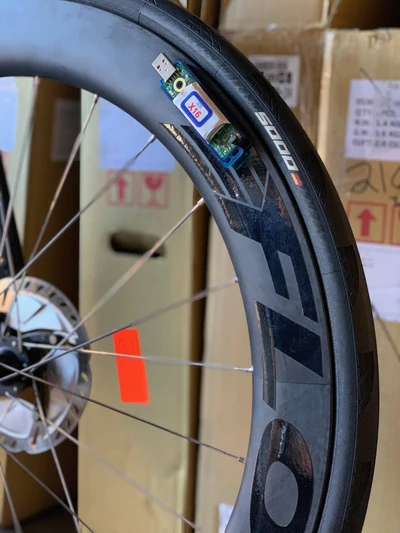
Vibration & The 3-Axis Of Acceleration
Recently, we’ve been measuring vibration in wheels and building on the complexity of the measurements we are gathering to further our understanding of the role that vibration plays in determining impedance break point. Our original work used a uni-directional accelerometer, which measures accelerations in one plane and simplifies the output. This uni-directional sensor was mounted…
-
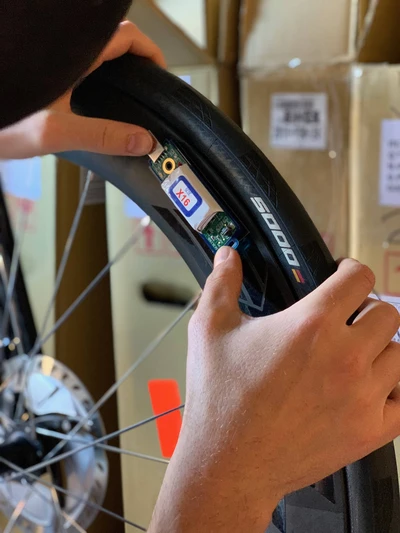
Measuring Vibration In Different Locations
Last week we observed the natural frequency of different tires, wheels, weights, and wheel location. For those tests, we used an Emerson data acquisition system that produced highly accurate results. However, riding with a computer and cables strapped to the bike is not ideal for more intense testing. This week, we explore another sensor option,…
-
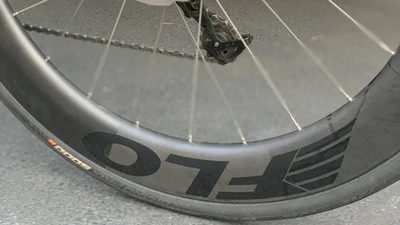
Natural Frequency: Different Tires, Wheels, and Rider Weight
Recently, we discussed how you can measure the natural frequency of a wheel and tire combination, and how we proved that our theory that you could measure an impedance break point by measuring vibration was correct. This week we’ll focus on testing the natural frequency of a wheel/tire combination when you change the type of…
